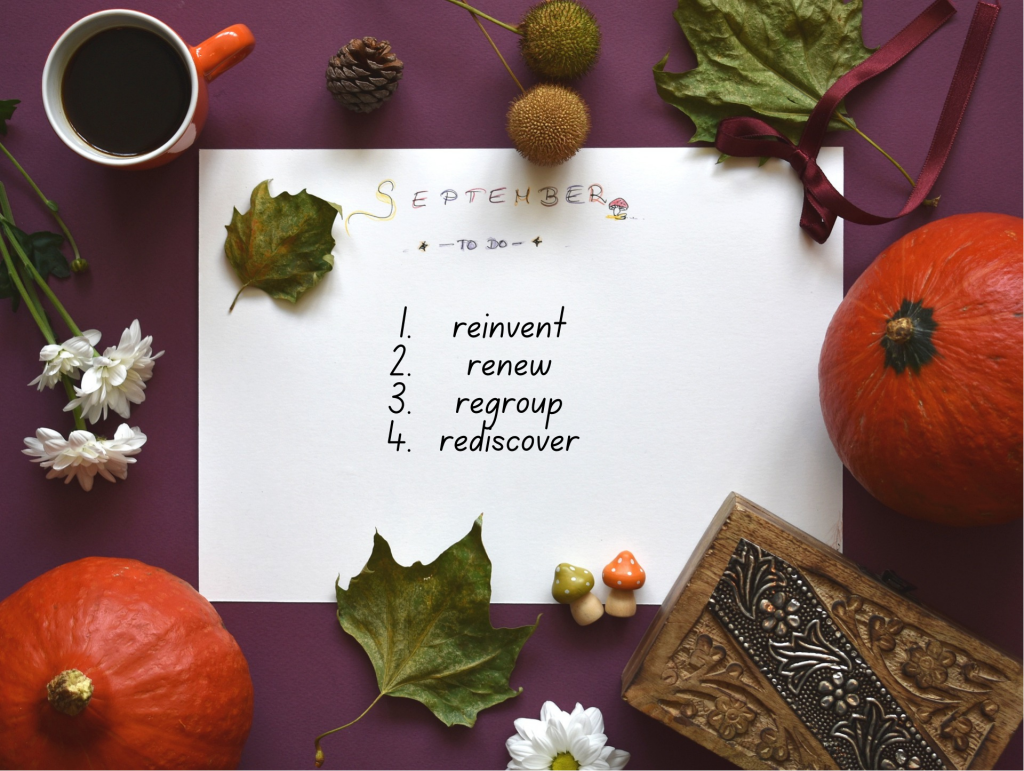NLP for Confidence: 4 easy tips to boost your self-esteem
There are many kinds of confidence, and different people experience confidence differently. However there are certain situations that regularly crop up as challenges for people.
Public speaking and job interviews are typical examples. Many people experience feelings of self-doubt and anxiety in these high-pressure situations.
One approach is to use NLP for confidence in situations that may come up in the future.
NLP for confidence techniques
Try these four approaches for starters.
Use positive self-talk
It sounds a bit of a cliché, but the way you talk to yourself can have a big impact on your confidence levels.
If you’re constantly criticizing yourself or thinking negative thoughts, it’s likely that you’ll feel less confident as a result.
Instead, try using positive self-talk to build yourself up. Instead of thinking “I’ll never be able to do this,” try thinking “others have done this before and I can too, if I put my mind to it.”
By reframing your thoughts in a positive way, you can shift your mindset and feel more confident.
Practice visualization
Visualization is a powerful tool, very commonly used in NLP, that can help you build confidence and reduce anxiety.
Before a high-pressure situation, take some time to visualize yourself succeeding. Imagine yourself giving a flawless presentation or acing a job interview.
The more vividly you can imagine yourself succeeding, the more confident you’ll feel when the real situation arises. Use all your senses so that you imagine what you feel and hear as well as what you see. Imagine it as if it is happening right now.
It can also help to imagine a time after the presentation has finished and been successful. Picture yourself feeling good after having delivered your talk confidently and articulately.
Act how you would when you are confident
Another way of using NLP for confidence is by associating a specific physical or mental state with the desired emotion.
For example, you might associate a feeling of confidence with a particular stance, such as standing up straight and holding your head high.
By practicing this stance and associating it with a feeling of confidence, you can learn to trigger that emotion whenever you need it.
I can’t overemphasise the value of smiling, too. Even if you don’t feel like it, smiling activates a more positive state. It uses less muscles too apparently.
Reframe you experience
Reframing is another powerful NLP for confidence technique that involves looking at a situation from a different perspective.
For example, if you’re nervous about public speaking, you might reframe the situation by focusing on the opportunity to share your knowledge and connect with your audience, rather than on the fear of being judged.
By reframing your thoughts in this way, you can reduce your anxiety and feel more confident.
I often suggest to my clients that they have an attitude of curiosity about the people they are addressing.
Who are they?
What do they need?
What can I offer them?
Seeing yourself as providing the things they need can change the way you view your audience.
By incorporating these NLP for confidence techniques into your daily routine, you can start to build your confidence and reduce feelings of self-doubt and anxiety.
Building confidence takes time and practice so be patient with yourself and don’t expect overnight results.
These are just a few easy tips from a much greater repertoire of techniques in NLP for confidence. You may onsider working with an NLP practitioner to develop a personalized plan that meets your specific needs and goals.
The next time you’re feeling nervous or self-doubt creeps in, why not try one of these NLP confidence tips and take some steps to build your confidence one day at a time.



0 Comments on “NLP for Confidence: 4 easy tips to boost your self-esteem”